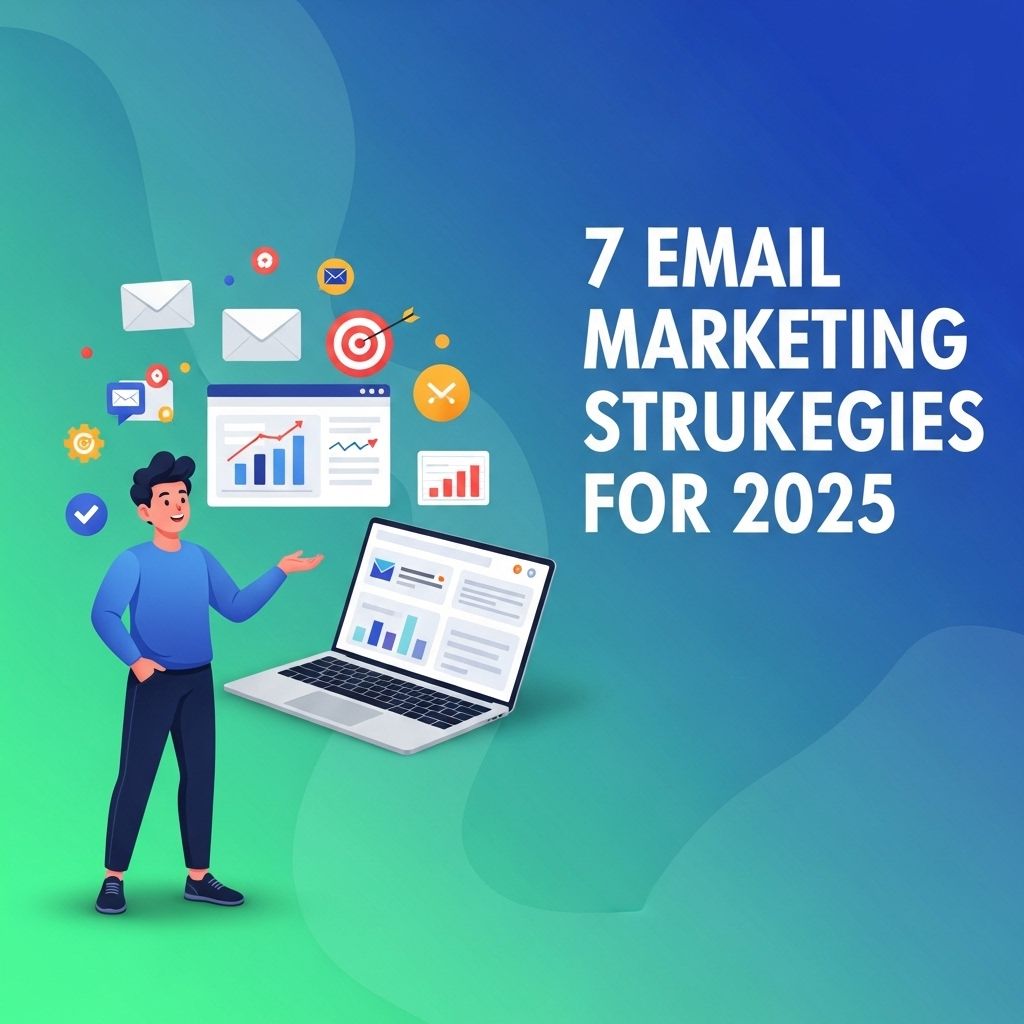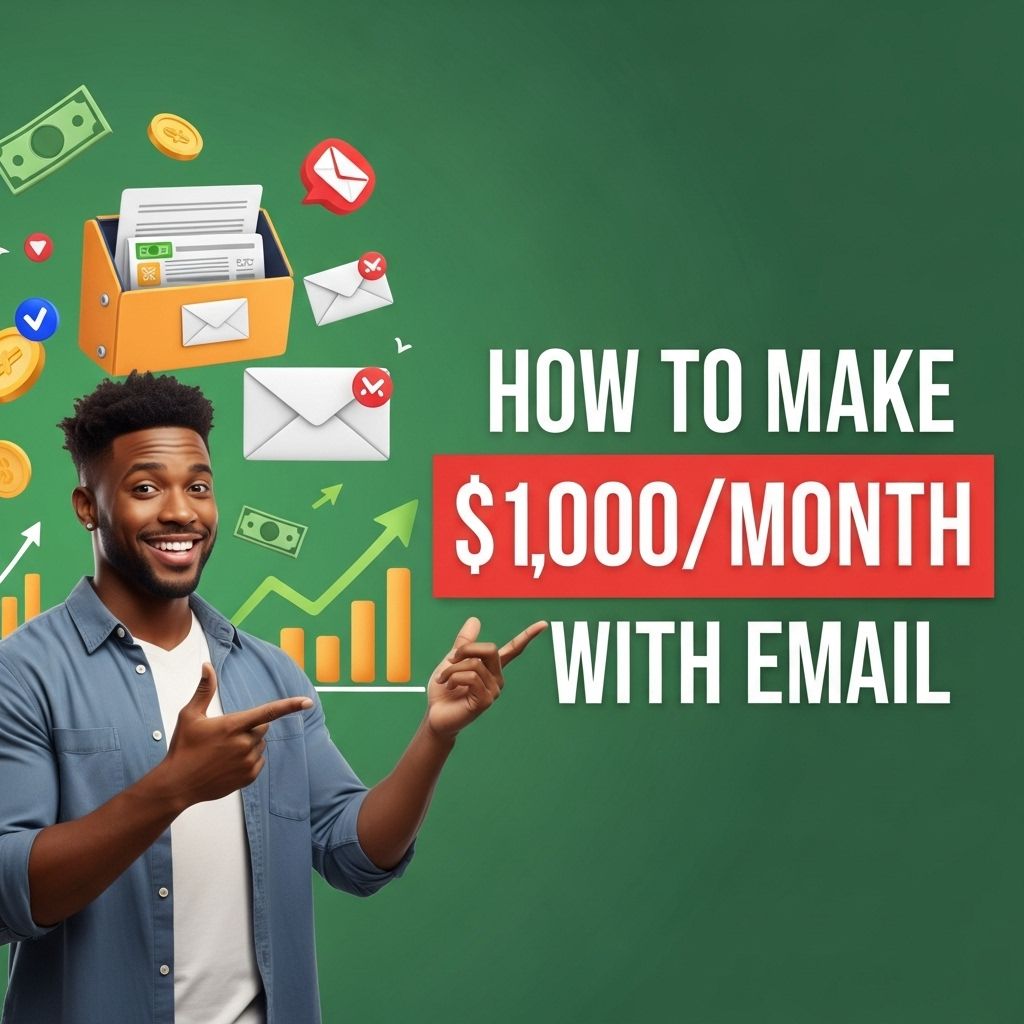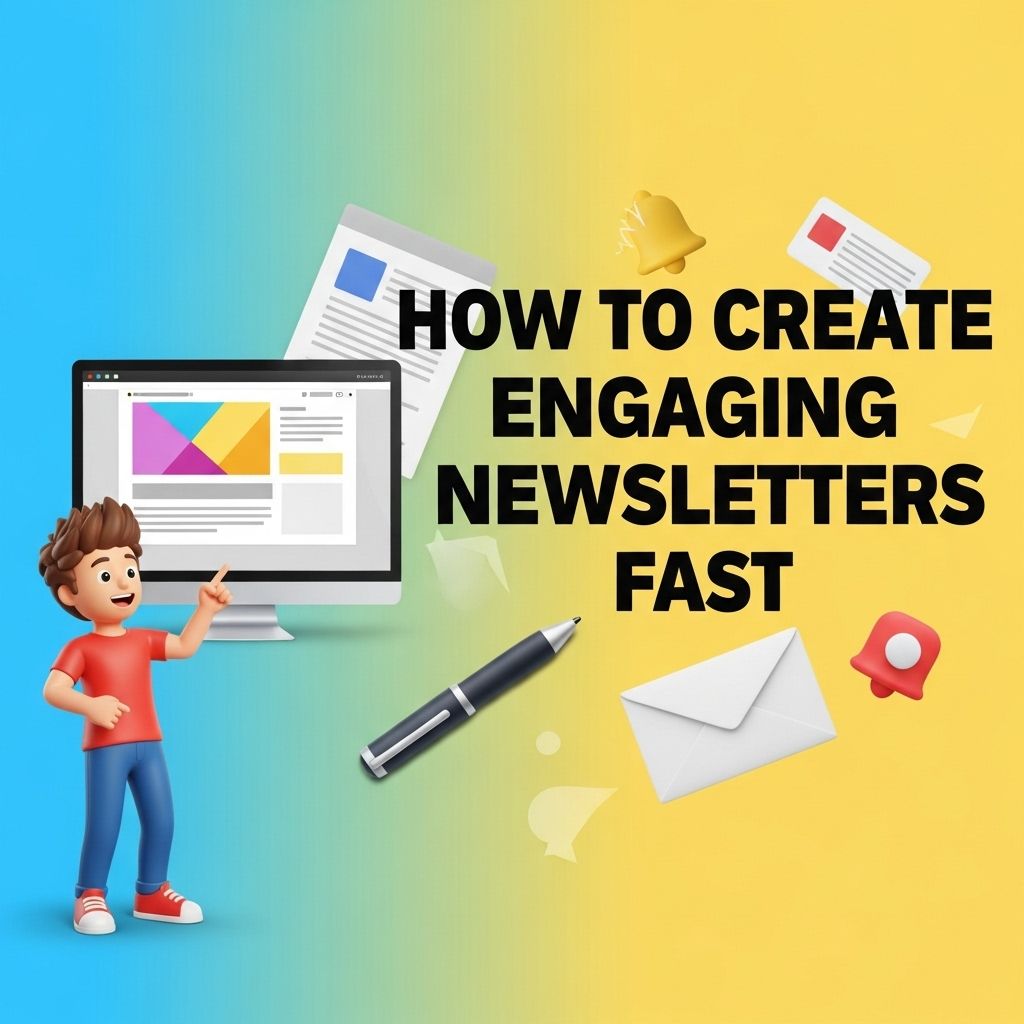Email marketing remains one of the most effective channels for digital marketers, but as the landscape evolves, so must the strategies we use. As we look towards 2025, it’s essential to adapt to changes in technology, consumer behavior, and data privacy regulations. In this article, we will explore seven innovative email marketing strategies that will help businesses connect with their audiences and drive conversions.
1. Personalization Beyond the Basics
Simply addressing the recipient by name is no longer sufficient in today’s marketing landscape. Personalization should extend to:
- Dynamic content based on user behavior
- Segmented email lists tailored to specific interests
- Customized product recommendations
Dynamic Content Implementation
Utilize tools that allow you to create dynamic content blocks within your emails. This means showing different images, offers, or information depending on the recipient’s past interactions with your brand.
2. Enhanced Automation Techniques
Automation has transformed email marketing, but the focus is now shifting towards more sophisticated and targeted automation workflows. Consider implementing:
- Behavior-triggered emails: Automatically send emails based on user actions, such as abandoned carts or browsing history.
- Lifecycle marketing: Develop email sequences for different stages of the customer journey.
- Triggered re-engagement campaigns: Target inactive subscribers with compelling offers to win them back.
3. Focus on Mobile Optimization
With more than half of all emails being opened on mobile devices, optimizing for mobile is crucial. Ensure your email designs are:
- Responsive and visually appealing on all screen sizes
- Quick to load, minimizing image size and using simple designs
- Easy to navigate with large buttons and concise content
Testing for Mobile
Conduct A/B testing specific to mobile formatting to see which designs yield the best engagement rates.
4. Integrating AI-Powered Insights
Artificial intelligence can provide invaluable insights into your email marketing strategy. Utilize AI tools to:
- Analyze customer data for better segmentation
- Predict the optimal times to send emails for individual subscribers
- Personalize subject lines and content based on user preferences
AI Tools to Consider
Some popular AI-driven email marketing platforms include:
| Tool | Features |
|---|---|
| Mailchimp | Predictive segmentation, automated recommendations |
| ActiveCampaign | Machine learning insights, predictive sending |
| SendinBlue | Advanced segmentation, behavior tracking |
5. Incorporating Interactive Elements
Engagement can be significantly boosted with interactive emails. Consider integrating:
- Quizzes and surveys to gather feedback
- Countdown timers for limited-time offers
- Image carousels to showcase products
Benefits of Interactivity
Interactive emails lead to higher click-through rates and can enhance the user experience by allowing subscribers to engage directly within the email.
6. Emphasizing Data Privacy and Compliance
With stricter regulations like GDPR and CCPA, respecting user privacy is vital. Strategies include:
- Being transparent about data collection and usage
- Allowing users to easily manage their preferences and opt-out options
- Implementing double opt-in procedures to ensure consent
Building Trust
Communicating your commitment to privacy can enhance trust and loyalty from your subscribers. Clearly state your privacy policy and practices in your emails.
7. Leveraging Social Proof
Including testimonials, reviews, and case studies in your email campaigns can significantly boost credibility and conversion rates. Strategies may include:
- Highlighting customer success stories
- Using user-generated content such as photos or videos shared by customers
- Incorporating badges from credible organizations or awards
Effective Use of Social Proof
Social proof not only validates your brand but also helps potential customers feel more secure in their purchasing decisions.
Conclusion
The email marketing landscape is continually changing, driven by technology and consumer expectations. By adopting these seven strategies for 2025, businesses can elevate their email marketing efforts, foster deeper relationships with their audience, and ultimately boost conversions. Remember, the key is to stay informed and agile in your approach, ensuring that your email marketing strategy evolves in tandem with these changes.
FAQ
What are the top email marketing strategies for 2025?
The top email marketing strategies for 2025 include personalization, automation, segmentation, interactive content, AI-driven analytics, and mobile optimization.
How can I personalize my email marketing campaigns in 2025?
You can personalize your email marketing campaigns by using customer data to tailor content, subject lines, and offers based on individual preferences and behaviors.
What role does automation play in email marketing for 2025?
Automation in email marketing for 2025 streamlines processes, allows for timely communication, and helps nurture leads through automated workflows and triggered emails.
Why is segmentation important in email marketing?
Segmentation is important in email marketing because it enables you to send targeted messages to specific groups, improving engagement and conversion rates.
What types of interactive content should I include in my emails?
In 2025, consider including interactive content like polls, quizzes, and videos in your emails to enhance engagement and provide a more dynamic experience.
How can AI improve my email marketing efforts?
AI can improve your email marketing efforts by analyzing data to predict customer behavior, optimizing send times, and personalizing content at scale.




